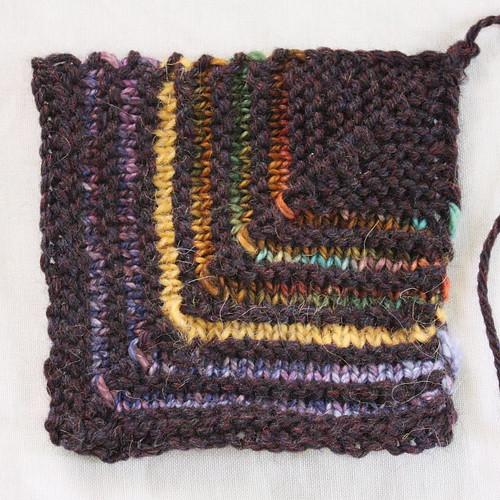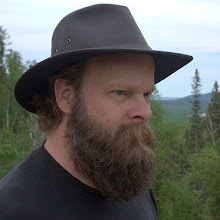
Friday evening we attended a free concert given by Tafelmusik Baroque Orchestra and Chamber Choir as part of Luminato, Toronto's Festival of Arts and Creativity. I went with a skeptical attitude, because I'm choosy about Baroque music and the program was intimidating. The first two composers, Veracini and Locatelli, were unknown to me; the next two barely familiar, Lully and Purcell; and Handel I usually leave alone. Arriving half an hour early, we had to take our place in line halfway down the block, and wondered whether we would get reasonable seats at all. Trinity St. Paul's Centre is a renovated and functioning church, and many pews do not provide a good view of the entire stage.
Fortunately, once the doors opened and the crowded flocked inward, we knew immediately where to go: some parts high in the balcony offer a better overall view than seats nearer the front. We found an excellent vantage. Evening sun shone through one of the church's large rose windows directly in our faces, but the effect was glorious. The glass panels formed an abstract pattern of soft lilac, purple and green. During the first half of the concert, a layer of heavenly fire burned slowly across the crowns of the audience.
This square recalls the evening through an impression of a stained glass window. The pale violet yarn imitates the glass itself, yellow Lopi is the setting sunlight, and the variegated brown and green yarn from Fleece Artist represents rich tones of the Baroque orchestra rising in the church.
As soon as the music started we realized we were in for a treat. Francesco Maria Veracini's Orchestral Suite no. 6 in G Minor begins with a ravishing Allegro; overall the suite is a brilliant example of Baroque charm, richly embellished without sacrificing lyrical loveliness. Veracini was a contemporary of Bach and Handel. So far I can't find any online reference to a recording of this composition.
The latter part of the concert consisted of a pastiche of choral night music, assembled by Tafelmusik. It included selections from Henry Purcell's The Fairy Queen and several works by Handel. The music harmonized with the slow drain of dusk to magical effect. Here are some words from Purcell's libretto, an anonymous adaptation of Shakespeare's A Midsummer Night's Dream:
Hush, no more, be silent all,
Sweet Repose has clos'd her Eyes.
Soft as feather'd Snow does fall!
Softly, softly steal from hence.
No noise disturb her sleeping sense.
Shadows gradually enchanted the upper gallery. During Handel's L'Allegro, il Penseroso ed il Moderato, soprano Ann Monoyios and flutist Claire Guimond performed a lyrical duet evoking the song of a nightingale in the woods. I was vanquished, carried into musical dreams.


No comments:
Post a Comment